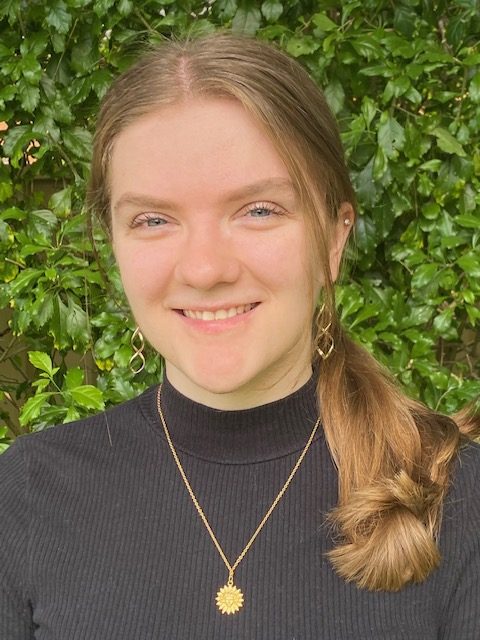Temana Short
Utilizing side information to improve peptide identification in MS/MS data
The project will begin by examining potential improvements to Group-walk. Specifically,
how we can utilize additional decoys to make more informed decision about which group is
the least likely to deliver the next decoy win. This would require developing a method to
incorporate information from empirical null distributions (derived from the additional
decoys) with the observed proportions of decoy wins.
Upon successful completion of the first phase we will proceed to gradually incorporating
some of the above mentioned additional information to improve our peptide-detection
ability. This stage would depart significantly from Group-walk’ architecture as selecting the
next hypothesis to examine is no longer restricted to the current one in each of the groups.

Temana Short
University of Sydney
Remana is a 3rd year Statistics and Mathematics student at the University of Sydney. His research interest is protein identification with tandem mass spectrometry via target-decoy competition, which he plans to pursue next year within his Statistics honours. He enjoys solving problems with real data and learning about the theoretical foundations behind the fields of Statistics and Data Science, while spending his spare time swimming pool and open water.
![]()
![]()




